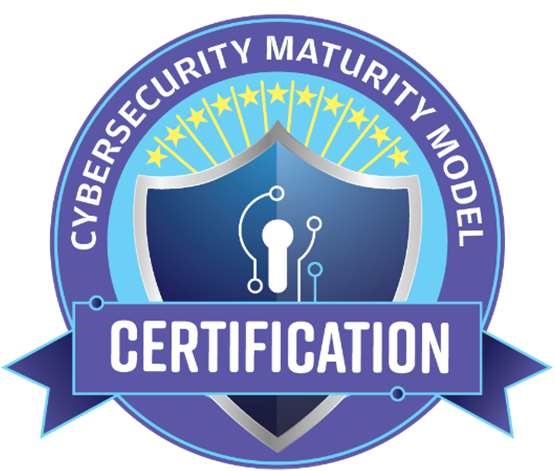
Most CMMC explanations get deep into acronyms, control numbers, and cross-references. That is useful for compliance teams, but it can overwhelm everyone else.
The truth is, at the highest level, meeting CMMC requirements comes down to three steps: define, follow through, and prove.
This article breaks each step down into plain language and shows how you can apply it whether you are just starting your compliance journey or tightening up before an assessment.
1. Define Your Approach
Before you can be compliant, you have to know exactly how you plan to meet each requirement.
Write it down. Your policies should clearly describe the control or practice you are implementing.
Use specific language. Instead of “We manage access to systems,” say “We review and approve user access quarterly using [specific tool or process].”
Make sure it is realistic. Overpromising in your documentation sets you up for a failed assessment.
Example: If a requirement says you need to control access to CUI, your approach might involve role-based access controls in Microsoft 365 with approvals logged in your ticketing system.
2. Follow Through
This is where a lot of organizations stumble. The documented plan means nothing if it is not executed consistently.
Assign responsibility. Make it clear who owns each control.
Build it into daily operations. Compliance should be part of how work gets done, not a special project.
Track execution. Use tickets, logs, and other records to confirm the work is actually happening.
Example: If your policy says access reviews happen quarterly, block out time in the calendar and run the review every quarter without exceptions.
3. Prove It
An assessor will not take your word for it. They will want evidence.
Keep artifacts such as screenshots, logs, reports, meeting minutes, or training records.
Organize your documentation so it is easy to retrieve.
Link each artifact directly to the requirement it supports.
Example: If you say you train staff annually on handling CUI, have sign-in sheets, LMS records, or certificates ready to show.
Why This Works
The specifics of CMMC can be complex. Controls have dependencies, some practices overlap, and requirements may map to multiple frameworks like NIST 800-171. If you consistently define, follow through, and prove, you are building a program that can withstand an audit and protect sensitive data.
Closing Thought
Compliance is never one and done. It is a cycle. Review your approach regularly, check that the work is happening, and refresh your documentation. This keeps your program audit-ready every day of the year.
Need help building a CMMC program that works in the real world? Principia/RAID helps organizations simplify compliance, improve audit readiness, and keep sensitive data secure. Contact us today to start building a program you can trust.



